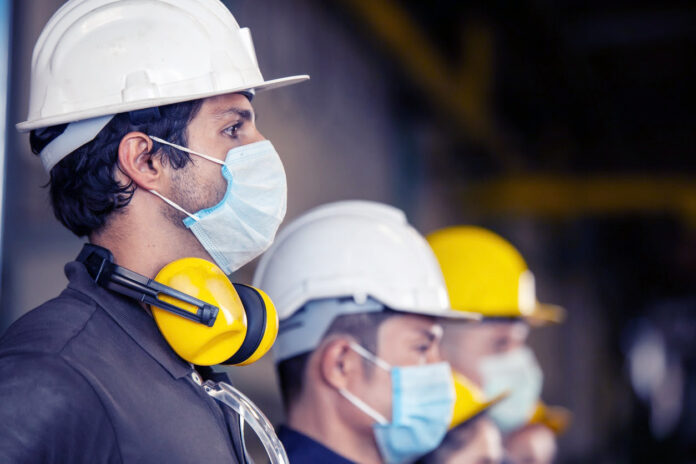
Since the start of the COVID-19 pandemic, factory settings have been in the spotlight. Amazon’s warehouses faced censure for their failure to ensure workers had access to safe conditions, as well as for insufficient sick time policies, leading workers across the country to strike. Meanwhile, in many rural counties, the virus has torn through meatpacking plants, sickening vulnerable workers while also leading to product shortages; despite the spread of the virus, the federal government classified the facilities as essential infrastructure. And these aren’t isolated incidents – factory and warehouse settings simply aren’t structured for the sort of social distancing demanded by the current pandemic.
Given how dangerous factories have proven to be, how will they address safety in the post-COVID era? Warehouses and factories already need to navigate a wide range of safety concerns, like how to properly operate a cherry picker or a forklift to ensure that team members don’t injure themselves lifting heavy objects, or incur repetitive motion injuries. Operating a factory or warehouse after COVID-19, then – or, more accurately, in the midst of a persistent pandemic that’s likely to last many more months – will require creative thinking and determination. Most importantly, management will have to get on board with new policies that may benefit workers at the expense of productivity and profit.
Contextualizing Risk
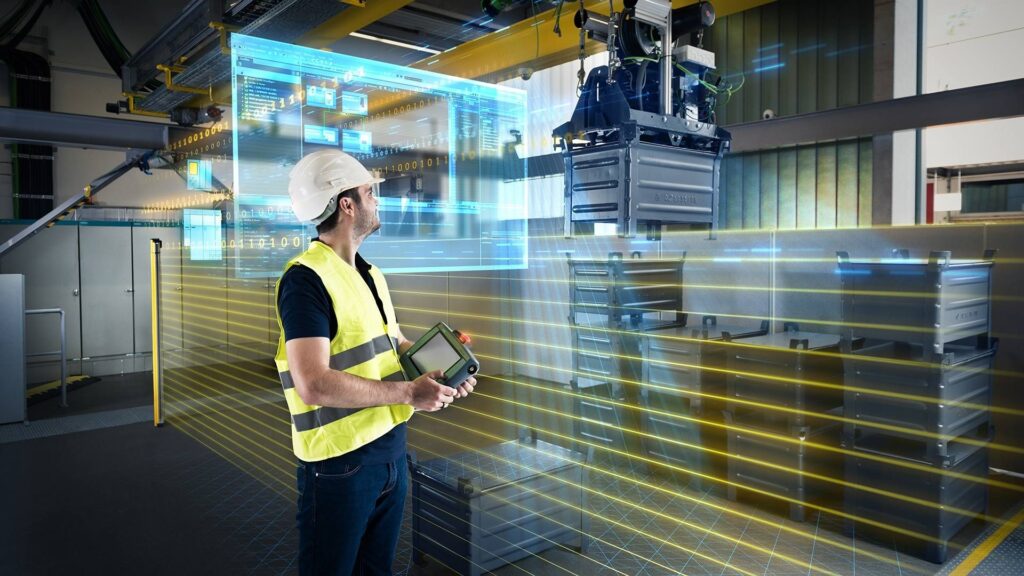
The first step to establishing appropriate safety practices for factories and warehouses as COVID-19 continues to ravage communities is to evaluate the ordinary risks associated with these jobs. Only from there can leadership, along with public health experts, determine what types of health and safety protocols are necessary to keep workers safe. According to Work-Fit.com, these hazards include falls from loading docks and on the warehouse floor, handling of hazardous materials, repetitive motion injuries, and forklift collisions and other machinery-related injuries. New safety policies need to take these ordinary risks into account and should be evaluated to ensure they don’t further increase the dangers involved in daily operations.
The Basics
When it comes to basic disease prevention practices, warehouses and factories are not unlike other environments. That means safety starts with proper handwashing, mask use, and social distancing, whenever possible, but that leaves something out – time off for sick workers. Businesses will need to offer abundant paid sick time for workers who have any concerns about potential COVID-19 infection, even if they ultimately test negative for the virus. Without robust sick pay policies, as well as health insurance, ensuring worker safety won’t be possible.
Coordinating Safety Strategies
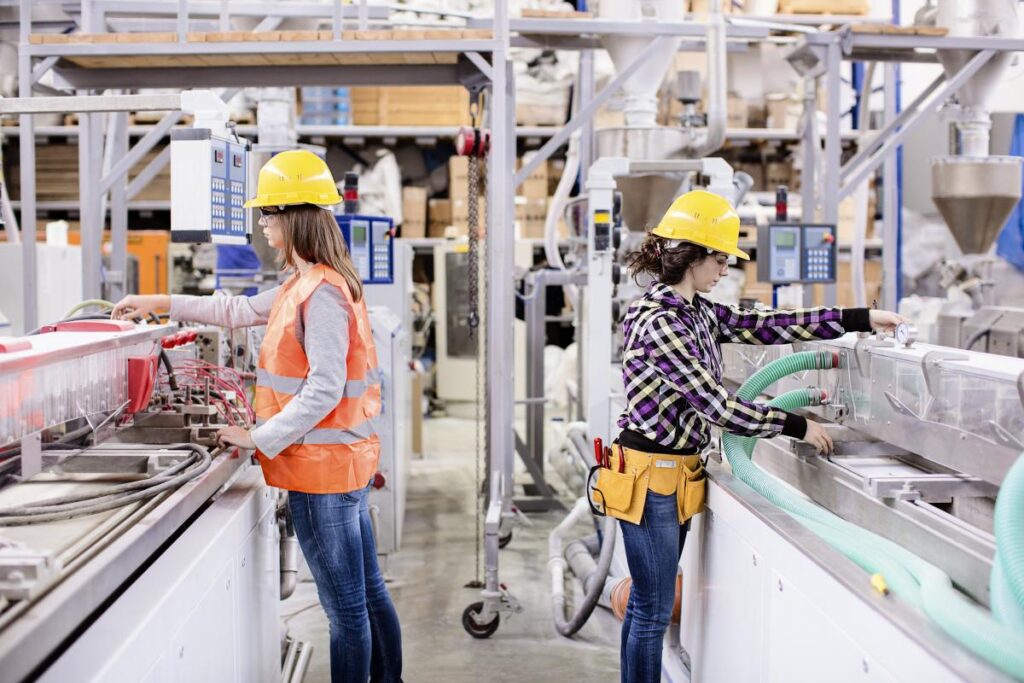
Management is sure to raise concerns about how basic practices like handwashing will impact worker productivity, but just how significant this impact will depend on the environment. In a warehouse setting like Amazon’s, for example, one worker stepping away to wash their hands is unlikely to impact the others. In meatpacking settings that function on a continuous line, however, breaks will need to be coordinated along the line. Each business will need to evaluate its own operating patterns, determine if they can be changed to be more flexible, and then set policies.
Regarding Redesign
Redesigning workflows within the factory may go a long way towards minimizing risk, but it’s not exactly easy to reorganize a factory full of assembly lines and conveyor belts – those things can’t be shuffled around like desks in a conventional office. That being said, wherever possible, factories and warehouses should mark appropriate spacing along the floors and create one-way traffic flows. The goal should be to minimize collisions and separate workers, unless there’s a reason, such as when workers need to cooperate to lift heavy objects.
In some cases, the best way to redesign a business’s workflow is by retraining workers. That’s because, in many industrial settings, workers perform a single task, over and over again. By increasing the range of activities that a given worker can perform, it’s more likely that they will be able to work independently and at a distance from other workers, rather than collaborating across several tasks, performed quickly and in ways that are infamous for courting injury.
A Matter Of Time
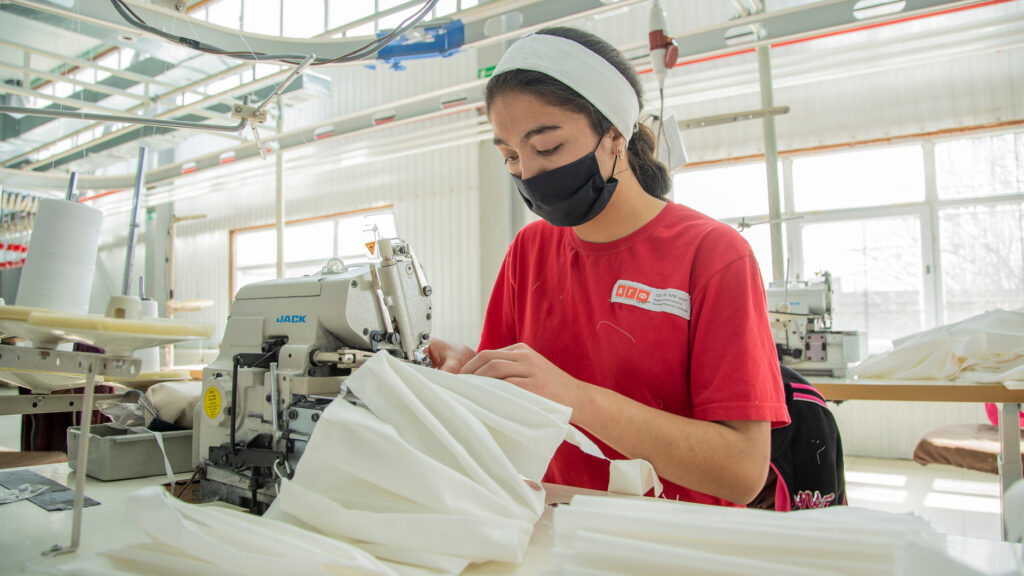
While reorganizing warehouse environments may substantially slow disease spread, those changes, along with other safety steps, are likely to slow everything down. That’s a problem for our two-day delivery world, and while it’s possible to reconfigure factories themselves, it takes a lot more effort to reorganize supply chains. With this in mind, it would be wise for businesses – both producers and end distributors – to communicate to customers that they should expect a slower pace of operations. Packages won’t arrive virtually overnight and store shelves might stand empty, and consumers need to hear that this isn’t forever.
Consumers are likely to object to slowing along the supply chains because they’ve been conditioned to expect speed. This shift needs to be communicated as fundamentally life-saving. Slowing down supply chains means that it will be possible for fewer people to work simultaneously, for workers to keep their distance from each other when at work, and that businesses can pace operations appropriately without falling behind on orders because now this slower pace is part of the plan.
The Role Of Technology
Finally, but unsurprisingly, many warehouses expect to implement new technology in an attempt to minimize disease spread. This includes Amazon’s plan to use AI to measure the distance between workers, as well as to identify high-traffic areas within their facilities. Alternatively, they are considering wearables that will alert workers who are too close together; other facilities are likely to consider similar solutions.
Will Workplaces Be Safe?
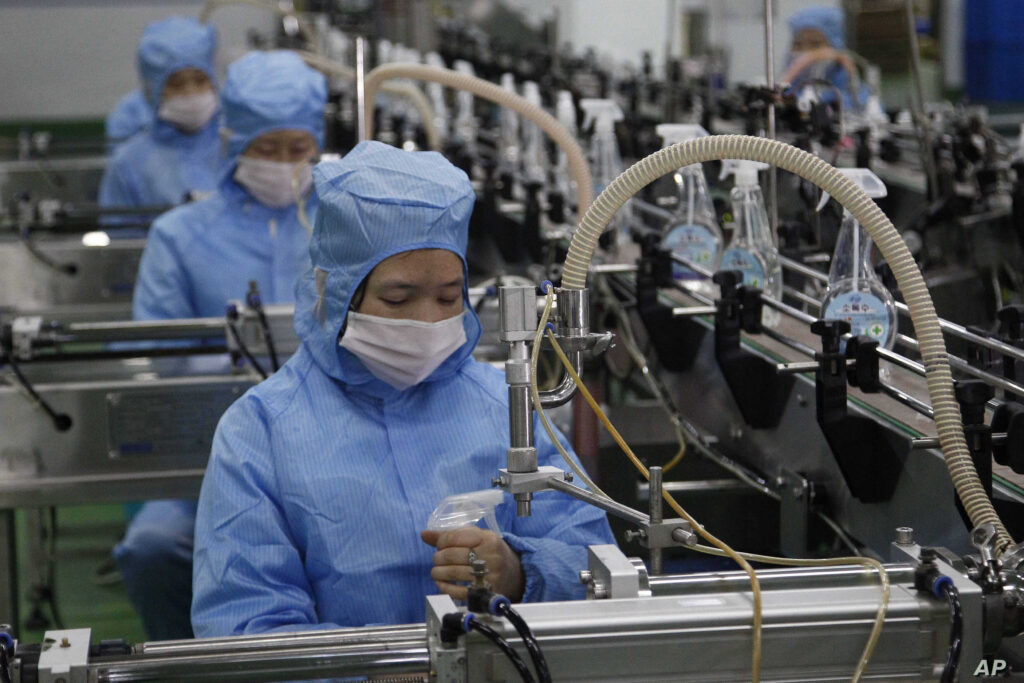
Factories and warehouses have not, by and large, shut down during the COVID-19 pandemic, unlike many other workplaces, and so we do already have a strong sense of how risky any given facility is. That’s a useful context, but as other businesses begin to reopen, dangers are likely to peak again. As such, these facilities need to consider worst-case scenarios, not just current conditions. That means taking extra precautions, even if its less profitable. Ultimately, slowing things down and taking some financial losses is safer than forging ahead, spreading disease, and potentially facing legal repercussions. These aren’t negligible risks and they can’t be treated as such.














